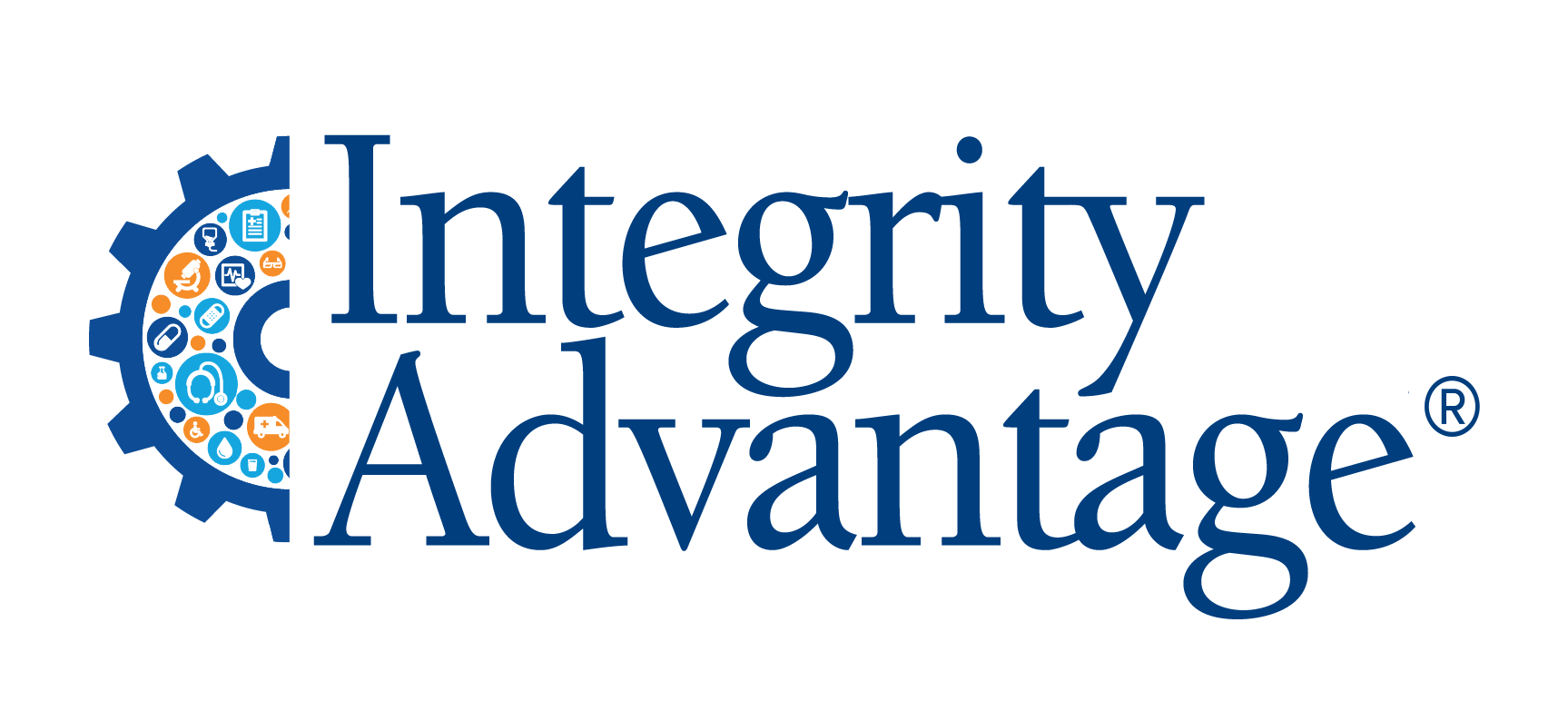Emerging Schemes - Remote Patient Monitoring
The Basics
The Department of Health and Human Services Office of Inspector General (HHS-OIG) recently published an audit that concluded, “Additional Oversight of Remote Patient Monitoring in Medicare is Needed.”
What is Remote Patient Monitoring?
There are three main components of remote patient monitoring (RPM), each of which has its own CPT code:
Education and Setup (CPT 99453)
Device Supply (CPT 99454)
Treatment Management (CPT 99457-99458)
Medicare Requirements:
Patient must have a condition that requires monitoring
Use an internet-connected medical device that digitally uploads data, and
Health data must be collected and transmitted at least 16 out of 30 days
OIG’s Findings
OIG analysis found that 43% of enrollees who received RPM did not receive all three components. As shown in the chart on the left, there was a massive spike in RPM utilization. Payments for RPM in Medicare were more than 20 times higher in just 4 years. Additionally, the average spend per patient doubled, and more patients received long-term monitoring. OIG’s study also outlined several key challenges
Key Challenges
The CPT codes used to bill for remote patient monitoring only distinguish between the component of remote patient monitoring being provided (e.g. education and setup, device supply, treatment management). The CPT codes billed do not identify:
What type of health data (e.g. blood oxygen, blood pressure, blood sugar) is being collected.
What type of device (e.g. blood pressure cuff, blood glucose monitor) is being used.
What condition is being monitored. This is particularly problematic when providers bill for vague diagnosis codes such as “other specified counseling”.
What Should You Do About It?
It can be tempting to take a backseat and wait for the Centers for Medicare & Medicaid Services (CMS) to implement OIG’s recommendations, but it is important for health plans to be proactive in preventing FWA. Integrity Advantage recommends that plans:
Data mine for patients who received only one or two of the three components of remote patient monitoring.
Educate providers about the goals of remote patient monitoring.
Create policies that address the gaps in information and safeguard against FWA. Require that providers include the ordering provider’s NPI on the claim form and append the diagnosis codes with the highest level of specificity possible.
Looking Ahead
In October 2024, the American Medical Association (AMA) removed the requirement for a patient to transmit 16 days’ worth of data in order for providers to bill remote monitoring codes. This change will take effect in January 2026. Be aware that the relaxation of this requirement may lead to a spike in billing in early 2026. Keep in mind that any claims you review with dates of service prior to January 2026 will still have to comply with the requirement that a patient transmit at least 16 days’ worth of data.
Integrity Advantage is Here to Help!
Need help creating data mining, educating providers, or creating policies around Remote Patient Monitoring? Integrity Advantage is the way healthcare payers reimagine the value of their fraud, waste and abuse program. We provide FWA services to payers around the country. If you need a hand with claims regarding Remote Patient Monitoring, reach out today. We are a certified Women’s Business Enterprise (WBE) and an Economically Disadvantaged Woman Owned Small Business (EDWOSB). For more information click below, call us at 866-644-7799 or email info@integrityadvantage.com.
With more than 30 years of experience supporting payers, the team at Integrity Advantage provides healthcare fraud, waste and abuse consulting, outsourced investigations and medical record reviews for Special Investigations Units and other organizations fighting healthcare fraud. We are a certified Women’s Business Enterprise (WBE) and an Economically Disadvantaged Woman Owned Small Business (EDWOSB).
For more information click below, call us at 866-644-7799 or email info@integrityadvantage.com.


